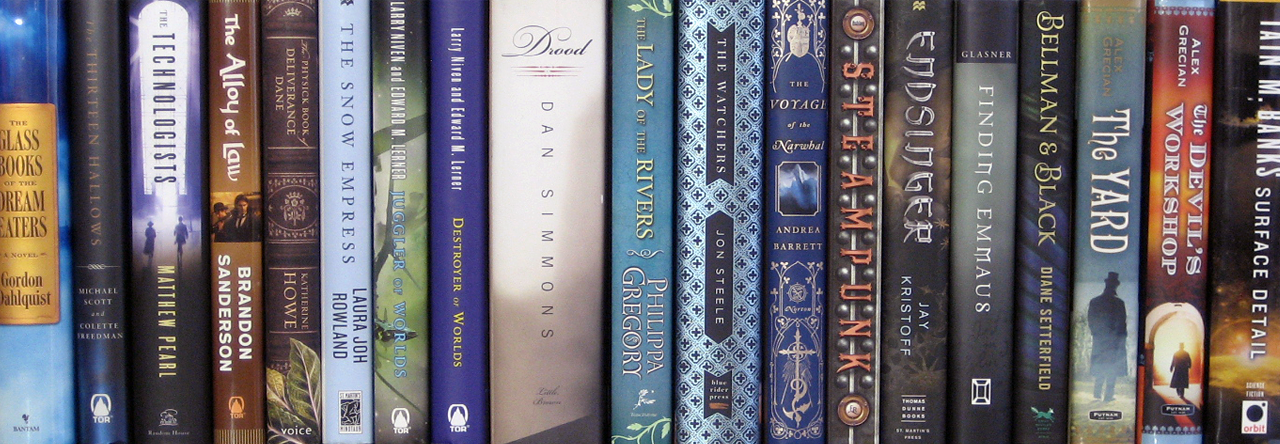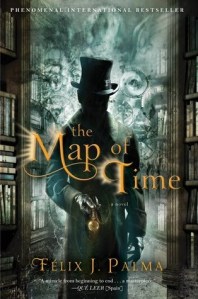 The Map of the Sky
The Map of the Sky
by: Felix J. Palma
(Victorian/Science Fiction)
591 pages [Hardcover]
H.G. Wells is once again pulled into all manner of danger and adventure when the events in his novel, The War of the Worlds, begin happening around him.
I’m really becoming a fan of Felix J. Palma. The Map of Time was pretty awesome and The Map of the Sky is just as good. While his novels can feel a little long and drawn out at times, the payoff at the end makes it all worthwhile.
This time, I was prepared and read The War of the Worlds beforehand. With The Map of Time, not much of H.G. Wells’ novel factored into the story, other than the subject of time travel, and the machine itself. With The Map of the Sky, having The War of the Worlds fresh in your memory will make the story that much more fun. I won’t tell you how, exactly, but I think it’s worth it.
I was pleasantly surprised to see characters from The Map of Time show up in this novel. It was nice to spend some more time with them and watch as they faced the horrors of alien invasion. There is also something wonderfully fun about H.G. Wells being an unlikely hero. There were some surprising twists and turns, which I have come to expect from Mr. Palma, and the way it all turned out, in the end, wrapped things up well but left me thinking. I love it when a book leaves you with a little nugget of something to ponder over. I’m very much looking forward to The Map of Chaos, and I’ll be reading The Invisible Man first in preparation. Until next time…

